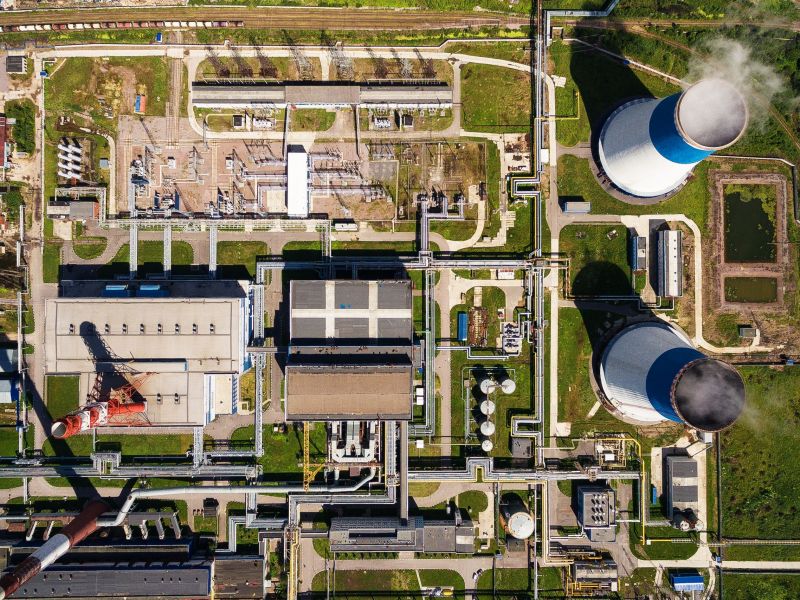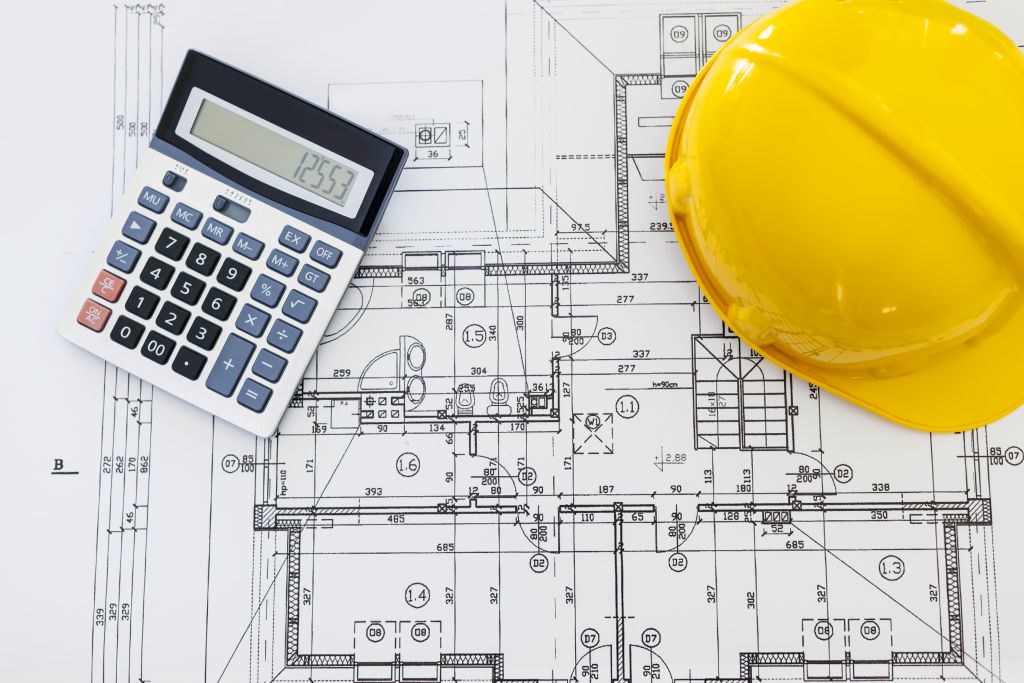Decommissioning and Dismantling (D&D) of a nuclear plant can be an expensive, long and complicated process. The IAEA have estimated a total of 189 power reactors that have been shut down worldwide for decommissioning, with 17 of them already fully decommissioned. In addition, 130 fuel cycle facilities have been decommissioned as well as about 440 research reactors.

Nuclear facilites are quite complex
There are many factors to take into consideration during the D&D process. Nuclear facilities are usually very large and complex and contain other radioactive material and sometimes even other hazardous substances that need to be managed carefully. Depending on the size and the nature of the facility, teams involved in the process can be as large as several hundred people! This means that sound planning and good leadership are vital to safely and successfully decommission such a facility. The same is the case for other complex industrial facility with hazardous potential: such as oil rigs, chemical plants and some types of conventional power plants when it comes to the end of their lifecycle.
Traditionally D&D involves manual procedures, such as using drawings and photographs of the plant (often paper-based drawings made manually during the planning and erection phase of the plant) and physically walking down the plant systems. Although these methods are generally sufficient when planning decommissioning, they are not very efficient when involving larger teams during the decommissioning project. Different groups of workers often need to meet at the plant (e.g. plant personnel, in-house decommissioning specialists, authorities, contractors, TSOs, etc.) to discuss approaches. This was especially challenging during the pandemic situation but even before as it also required a certain amount of travel.
Consequently, management of logistics and allocation of resources for removing components and transporting them out of the plant for treatment and disposal has proven a common Achilles heel in nuclear decommissioning projects.

How can we make D&D smarter?
The PLEIADES platform will gather cutting-edge digital tools needed for D&D all in one place, streamlining the process. The platform will use Building Information Modelling (BIM) which is a technique used to coordinate and manage different technologies for smooth project management. In PLEIADES, BIM will be used to gather all the information related to the D&D project and to simulate several key targets to optimise operations, waste, radiation exposure, costs and duration.
